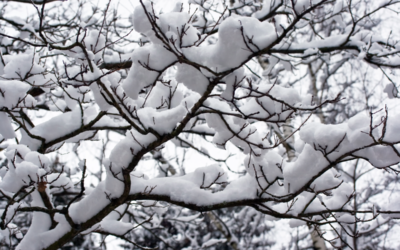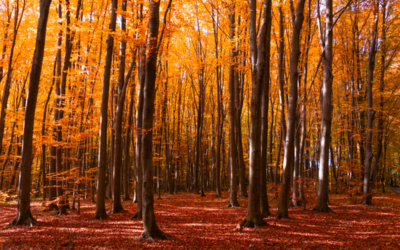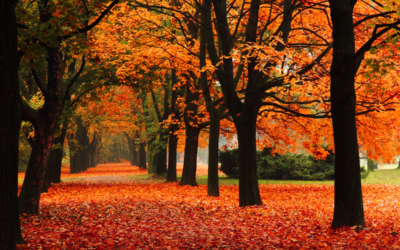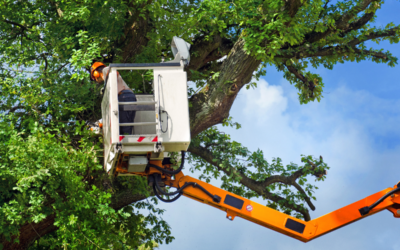Coloradans are no stranger to droughts.
At least 54% of the state now is experiencing drought conditions, compared to 100% this time in 2020, according to the recent map by the U.S. Drought Monitor.
In the 1900’s, four prolonged dry spells occurred including the infamous dust bowl of the 1930s that lasted up to eight years in some parts of the Southern Plains. Baca County in Colorado was among the areas hardest hit.
President Franklin Delano Roosevelt mobilized the US Forest Service, the Civilian Conservation Corps and the Works Progress Administration to create shelterbelts — millions of trees to hold down the earth. The great wall of trees several miles wide ran from North Dakota to the Texas panhandle, but instead of one solid wall, it became a series of walls called Shelterbelts…30,233 of them.
Sound familiar?
By 1942, the Great Plains Shelterbelt effort saw 220 million Austrian Pine trees planted. Some claim it is the largest ecological effort conducted by the US government to date.
Since 2000, the longest drought in Colorado lasted 395 weeks from October 2001 to May 2009. So as they say, “It’s not over yet.” And it won’t be. Drought is of increasing concern and landowners should plant with this in mind.
The Austrian Pine is hardy, withstanding city or seaside conditions, heat and drought, clay and alkaline soils. It grows to 60’ making it particularly good for windbreaks. Brought to North America in 1759, the tree is native to Europe and Asia.
Austrian pine (Pinus nigra) was introduced to North America in 1759. This two- needled evergreen, also called European black pine and common black pine, is native to Europe and Asia. The Arbor Day Foundation reports these trees have thrived for more than 75 years in some of the poorest planting conditions in our country.
Colorado State University Extension recommends the following trees be planted in Colorado for their drought resistant characteristics:
- Hackberry
- Hawthorn
- Honeylocust
- Kentucky Coffeetree
- Upright and Spreading Junipers
- Bristlecone Pine
- Pinyon
- Limber Pine
- Mugo Pine
- Ponderosa Pine
- American Plum
- Gambel Oak.
Contact Donovan Arborists for recommendations to prepare your landscape to resist drought most effectively.




